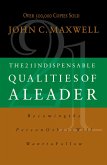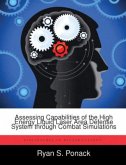During the Cold War, the United States as a nation, and its military in particular, were very focused on nuclear warfighting. After winning the Cold War this focus became significantly lessened. However, in the past decade new concerns have arisen and it is once again realistic to think that the US military might have to operate in a nuclear environment. The one nuclear effect with the possibility to effect very large areas almost immediately after a nuclear explosion is the electromagnetic pulse (EMP). The EMP has the ability to affect any system which is or is composed of electronics or conductive media (e.g., metal). As the most advanced military in the world, the US military is highly dependent upon advanced electronic systems to operate. By obtaining a better understanding of how an EMP is formed and propagated and then affects systems, the military can better design, test, and certify its systems to ensure that they are capable of operating in an EMP environment, and the better understanding will enable this to be done in a cost-effective manner. This paper shall look at what we know about EMP, the facilities and resources we have for improving that understanding, and make some recommendations for how to best move forward with future programs.








